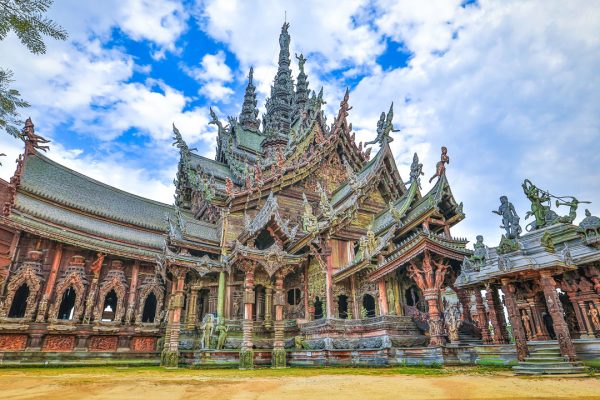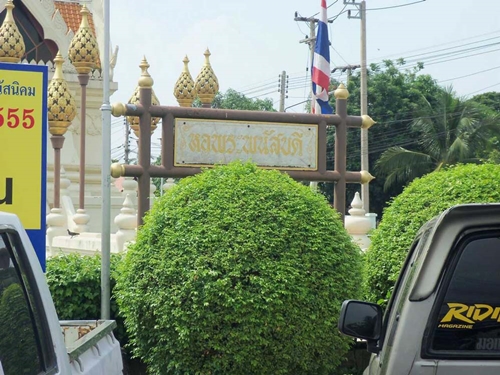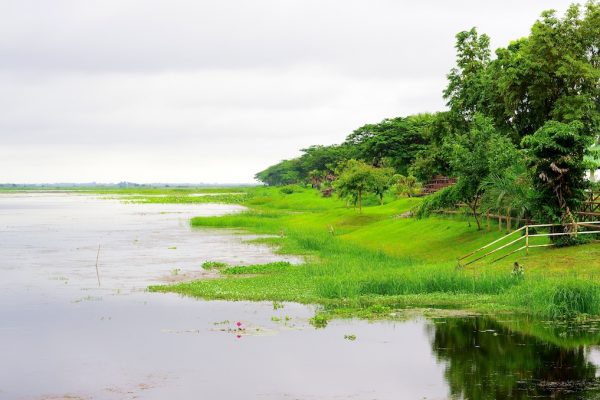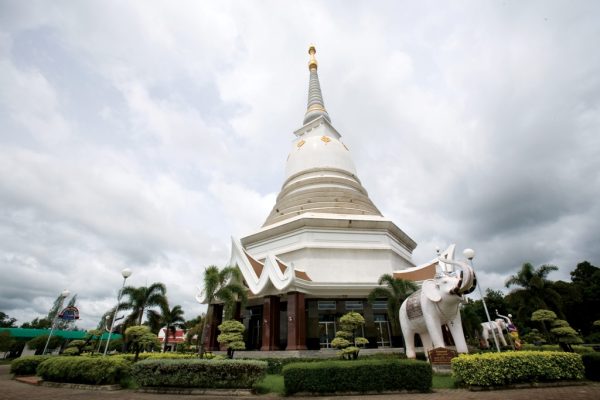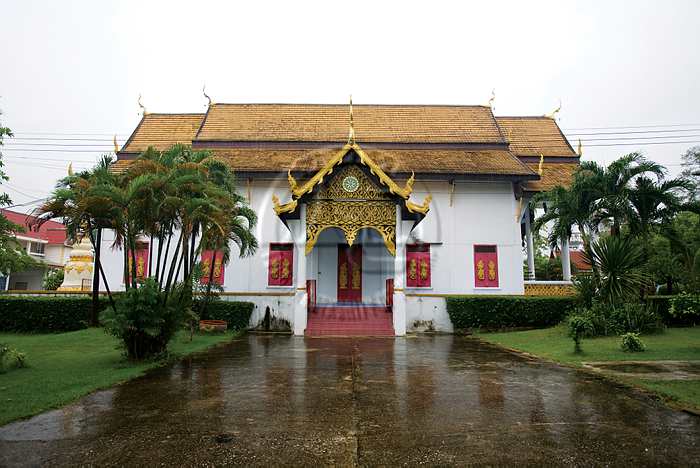
Phrathat Don Kaeo
Phra That Don Kaeo is located at Ban Don Kaeo, Tambon Tum Tai, Amphoe Kumphawapi, Udon Thani. At Don Kaeo is a small island in the middle of Nong Han Kumphawapi Lake, which is the origin of Pao River. Legend says that a group of Buddhist saints had visited the region to pay respect to Phra That Phanom and decided to rest at Don Kaeo. One of the saints got sick and died. Other saints organized his funeral and built a pagoda to enshrine his relics. In 11 B.E. (Dvaravati Era), people came to Don Kaeo and built a Sema boundary around the pagoda and the island. Later, Lao people emigrated from Roi Et and Chaiyaphum to settle down at Don Kaeo. Their leader, Tao Shin, renovated the pagoda (ancient Lao letters inscribed at the base of the pagoda.) The renovation completed in 1898. In 1928, many people, mostly Lao, come to live in Don Kaeo. They also built a temple and called it, “Wat Maha That Chedi.” In 1970, Phra Kru Sangkharuk (Chon), the abbot, with the help of the villagers, renovated the pagoda for its durability. According to a study of Silpakorn University’s archaeologist, the pagoda is no less than 1,500 years old and the Sema boundary was built in 11 B.E. Don Kaeo is a round island surrounded by moat. The area consists of mostly hills that cannot be used for agriculture. Local people live in the area by the water. Evidence found includes the Semi boundaries of Dvaravati Era, one is a sandstone boundary around the pagoda and the other is 500 metres away from the pagoda, and the red sandstone and the bronze Buddha images made by local craftsman. Phra That Chedi is a square-shaped pagoda, standing on top of two laterite stones. The base of the pagoda is 14 metres wide at all side and 1.25 metres high. There are stairways at the east and the west. The second tier is 10 metres wide at all side and 1.5 metres high. There are stairways at all four sides. The base of this tier is a pathway around the pagoda, for “Pradakshina” (circumambulation.)The body of the pagoda is made of concrete. The square-shaped base is decorated with lotus statues at all four sides, along with base relief sculptures of Lord Buddha, his disciples and angels all over the base. The Lan Chang-style pagoda has 3 square-shaped diminishing tiers like the Pha That Luang of Vientiane. The sandstone Sema boundaries found differ in shape. Some are thin and square, while some are big and round, especially ones locating beneath the base. Sema boundary on top of base are thick and square and are over 3 metres long. Each Sema has the base in the shape of lotus petals. On top of the base is a pair of elephants paying respect to a lady in nativity posture, standing in the middle of the Sema. Most of the Sema boundaries are decayed and their inscribed letters cannot be read.

